April 15, 2025 | 11:40 GMT +7
April 15, 2025 | 11:40 GMT +7
Hotline: 0913.378.918
April 15, 2025 | 11:40 GMT +7
Hotline: 0913.378.918

Jason Hafemeiser, Acting Deputy Under Secretary for Trade and Foreign Agricultural Affairs, in an interview with Vietnam Agriculture Newspaper. Photo: Duy Hoc.
Last May, I had the opportunity to work with Minister Le Minh Hoan when he was on a business trip to Washington DC and I am once again very pleased to meet the leaders of the Ministry of Agriculture and Rural Development in Hanoi.
During this business trip, we will be discussing many issues that can be divided into two main contents, the first is about agricultural trade, the second is the issues of climate change response and sustainable development.
Regarding agricultural trade, Vietnam and the United States have had very close relationships; land commodities are mutually inclusive and complementary to each other in this relationship. Namely, Vietnam has high-value agricultural products in terms of tropical fruits, coffee, vegetables, seafood, etc. and you are exporting nearly 5 billion USD worth of agricultural products to the US every year.
Meanwhile, we have strengths in cereals, animals and cold fruits. The current export turnover of agricultural products from the United States to Vietnam is leveled at 3 billion USD. So as you can see, agricultural trade between the two countries is very active.
In the field of climate change response, Vietnam and the US have suffered great impacts on this front. As a result, we have exchanged and discussed various content on how to support farmers of both countries in adapting to climate change as well as reducing greenhouse gas emissions. We have also discussed about solutions and environmentally smart products.
These are the main contents of agricultural cooperation between the two countries that I want to address in this business trip.

Mr. Jason Hafemeiser believed that the potential for agricultural cooperation between Vietnam and the US is great and there are many approaches to this potential. Photo: Tung Dinh.
It is undeniable that the potential for trade cooperation in agricultural products between Vietnam and the United States is great and there are many approaches to this potential.
However, we still have some barriers in trade affecting trade in agricultural commodities. These include the appraisal and approval of new agricultural products when imported from one country to another.
In addition, tariff barriers also make it difficult for some US agricultural products to access the Vietnamese market. In recent years, Vietnam has made numerous efforts to reduce taxes on US agricultural products; this, in turn, has granted Vietnamese consumers access to many of our high-end products such as wheat, seafood, animal meat and so on.
One of the possible cooperation fields between Vietnam and the US is the application of new technologies such as biotechnology and genetic technology to agriculture, helping farmers improve production efficiency.
I think these are the issues that the two countries can discuss to promote cooperation in the near future, with the hope to bring more tangible results to the agricultural sectors of the two countries.
We are currently implementing a number of cooperation projects with Vietnam, which support farmers to adapt to climate change, develop smart agriculture to protect the environment, improve productivity and product quality.
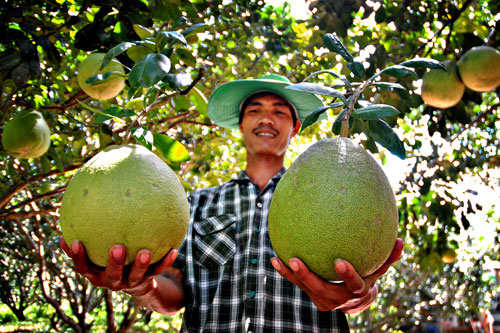
Vietnam is proposing the US to open its market for pomelo exports.
Vietnam is currently proposing the United States to open its market for pomelo. On the other hand, we also want Vietnam to allow the export of oranges, lemons and other solid fruits. This negotiation is in the process of finalizing procedures.
In addition, management agencies of the two countries are visiting and assessing the possibility of each other's markets. While we cannot say in advance wjocj products will be approved and how quickly, I personally hope the approval process for new product exports will progress quickly.
While we may not have given specific names, these will be advantageous products of each country with good commercial development. This means that the list of products is completely open and the opportunity for each agricultural product is equal.
There are two main areas that I would like to propose here, the first being tariffs. Vietnam currently imposes high tariffs on some US agricultural products, restricting the import of these items.
It is worth noting that if Vietnam can reduce taxes on Ethanol, I believe that Ethanol's trade turnover will increase sharply in the near future.
Another problem I would like to address is that the process of approving new products, new varieties or new technologies from the US into Vietnam is not as rapidly as expected.
Many new varieties and technologies previously approved in the United States require a long time to be approved in Vietnam. This may delay the ability of Vietnamese farmers to utilize new technologies and new varieties early.
These are the issues that the United States would like to cooperate with Vietnam to resolve, and we have also raised them in a number of multilateral forums including the Indo-Pacific Economic Framework (IPEF) and the WTO forums.
In addition to Vietnam, we also hope that other Southeast Asian countries will make adjustments to their policy to strengthen agricultural trade cooperation with the United States.
Translated by Nguyen Hai Long
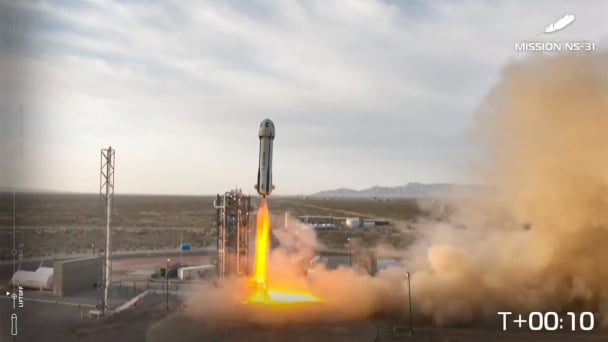
(VAN) 169 lotus seeds selected by the Vietnam Academy of Agricultural Sciences were carried into space by Vietnamese-American astronaut Amanda Nguyen.
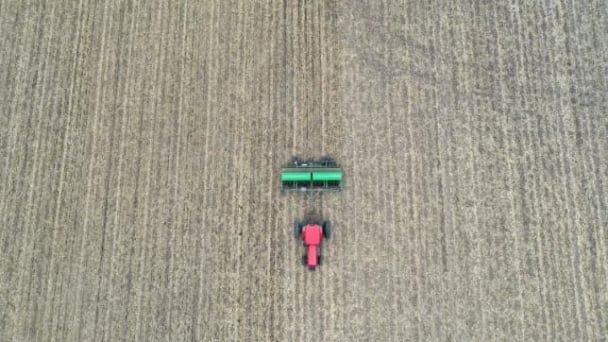
(VAN) Tariffs are making life more expensive for John Pihl. He's been farming in Northern Illinois for more than 50 years.
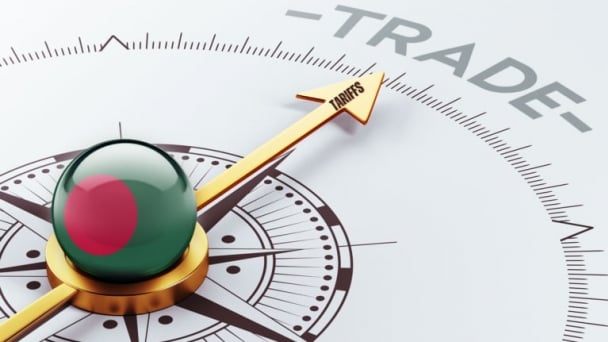
(VAN) European and American farmer organisations are concerned about the import tariffs that the United States introduced on 9 April for products from the European Union. This makes them 20% more expensive.

(VAN) Global poultry trade is expected to remain strong amid relatively tight global protein supply and growing consumption, RaboResearch concludes in its latest animal protein report.
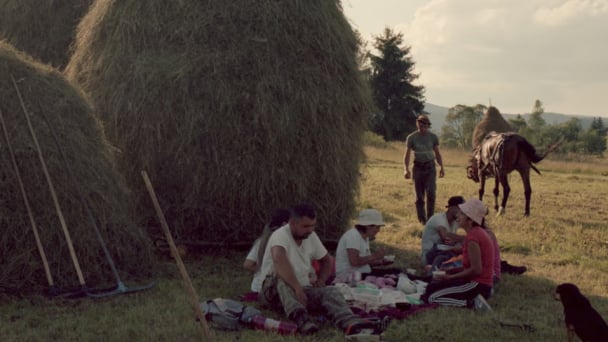
(VAN) Traditional methods benefit hundreds of species but as new agricultural techniques take over, the distinctive haystacks mark a vanishing way of life.

(VAN) The nation’s top banks are quietly advising their clients on how to build a financial life raft - or perhaps life yacht - from the wreckage of runaway climate change.
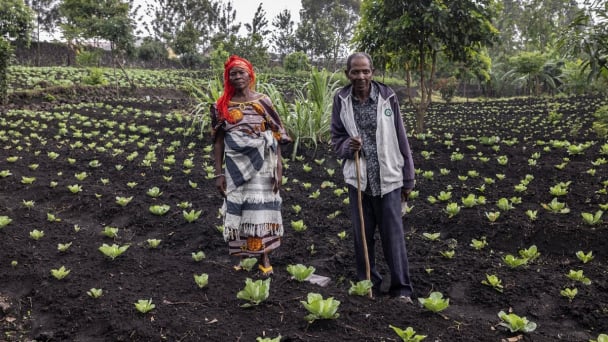
(VAN) From FAO Office in the Democratic Republic of the Congo.